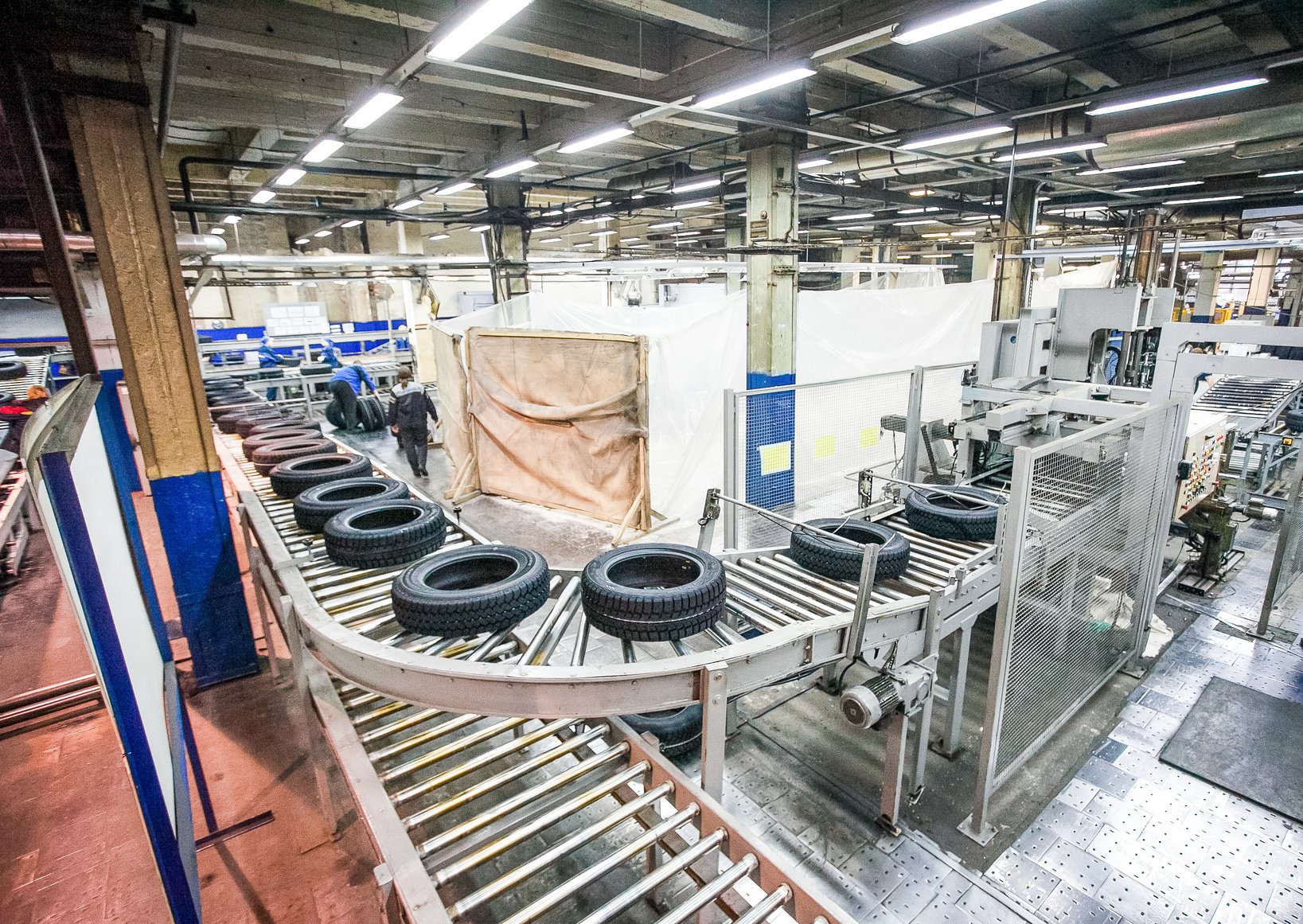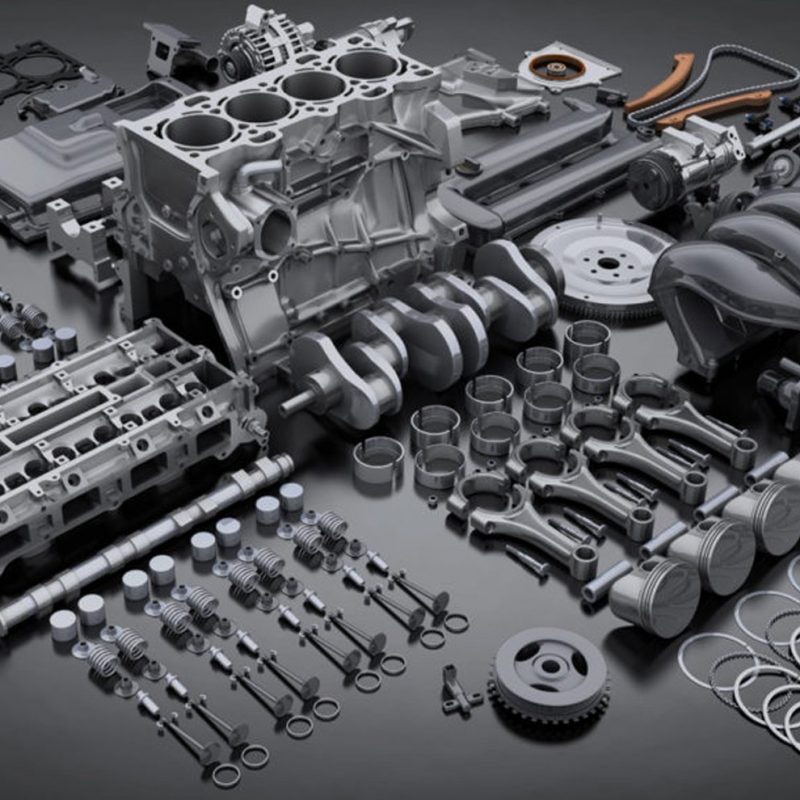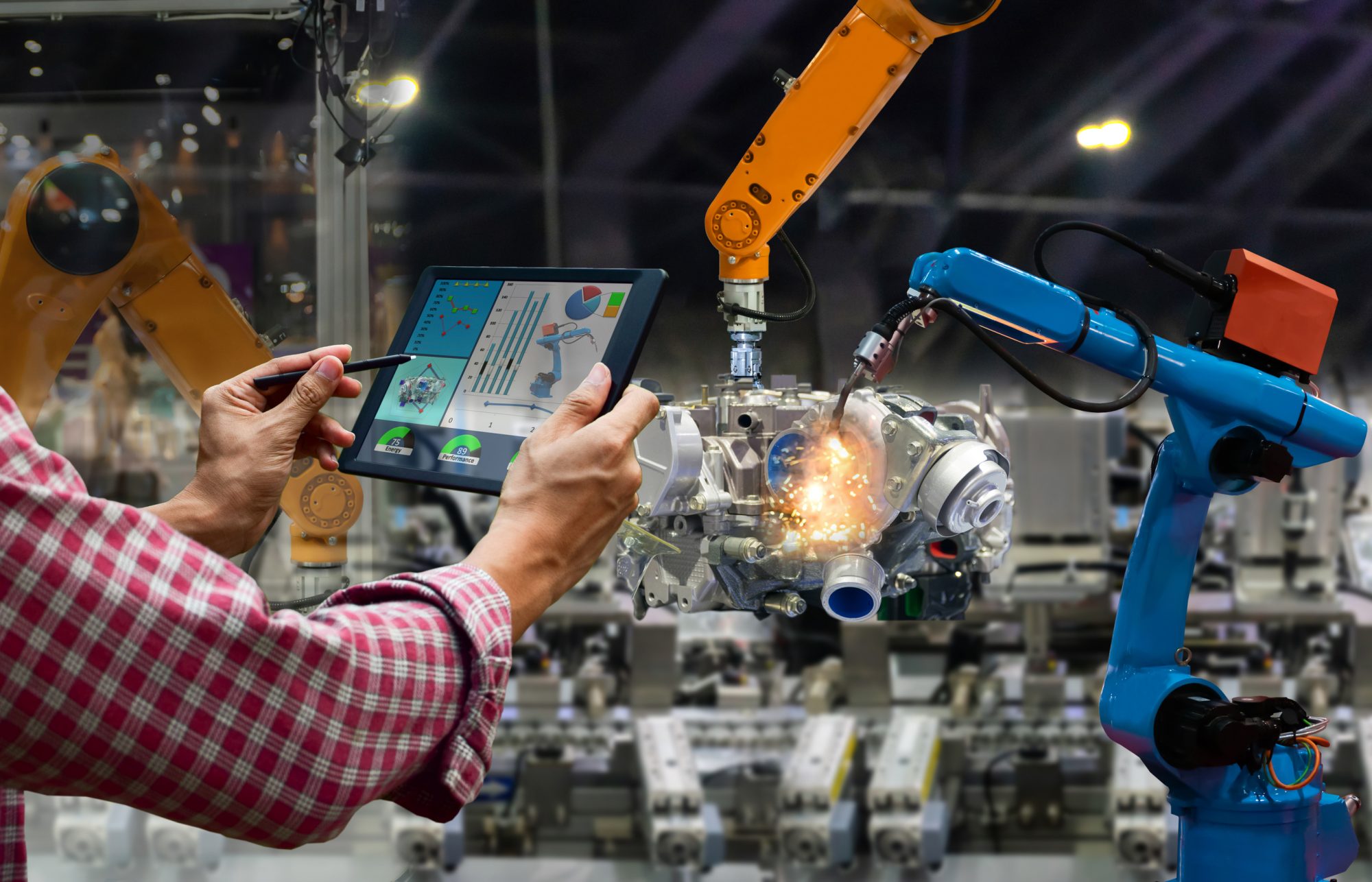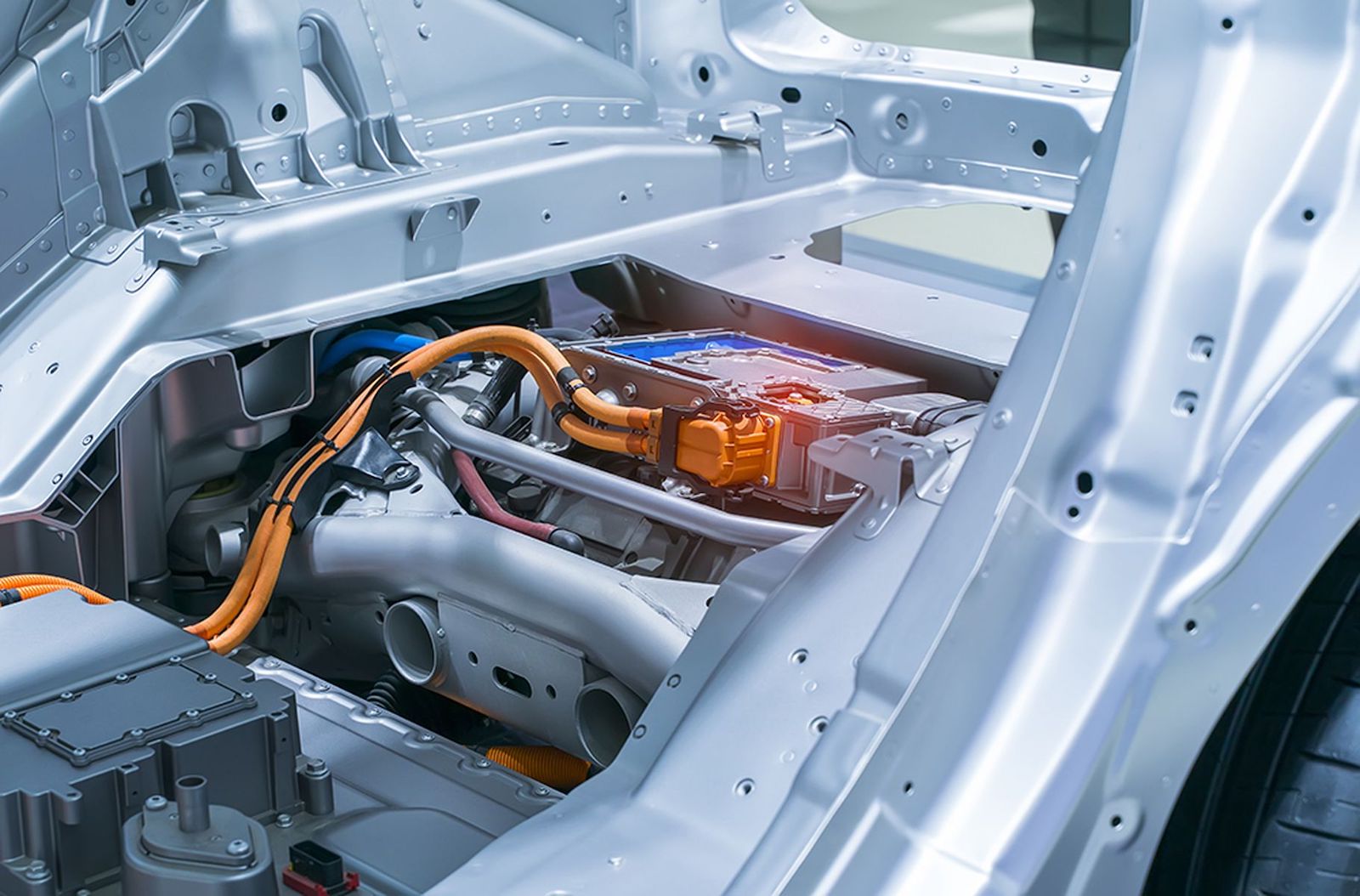The Future of Electric and Autonomous Vehicles
The Future of Electric and Autonomous Vehicles
I. Introduction
The future of transportation is rapidly evolving, with new technologies and advancements being made in both electric and autonomous vehicles. These two areas of innovation have the potential to revolutionize the way we move, and it’s important to understand their current state and the direction in which they’re headed. In this blog post, we’ll take a look at the current state of the industry and the potential for future growth and expansion in both electric and autonomous vehicles.
Currently, the electric vehicle market is growing at an astonishing rate, with more and more manufacturers releasing electric models, and governments around the world implementing policies to promote the adoption of electric cars. Similarly, the development of autonomous vehicles is also progressing quickly, with companies investing heavily in research and development to create self-driving cars.
However, it is not just the technological advancements that drive this change but also the environmental concerns and increasing traffic congestion in cities. The world is facing the urgent need for cleaner and more efficient transportation, and these two technologies are the answer to that.
In this blog post, we’ll explore the current state of electric and autonomous vehicles, the recent developments and trends in these industries, and the potential for future growth and expansion. We’ll also examine the intersection of these two technologies and the potential for them to complement each other.
II. Advancements in Electric Vehicles
Electric vehicles (EVs) have come a long way since their inception, and the technology has improved significantly over the years. Today, electric cars are more powerful, efficient, and have a longer range than ever before. Battery technology, in particular, has been a major focus of development, with manufacturers working to create batteries that are more energy-dense and have a longer lifespan.
Recent developments in the industry include the release of long-range electric cars, such as the Tesla Model S and the Lucid Air, which can travel over 400 miles on a single charge. Additionally, many car manufacturers are now releasing electric versions of their popular models, such as the Ford Mustang Mach-E and the Volkswagen ID.4.
The trend of electric vehicle adoption is also increasing globally, with several countries announcing plans to phase out gasoline-powered vehicles and switch to electric cars. For example, the United Kingdom has set a goal to ban the sale of new gasoline and diesel cars by 2030, while Germany aims to have one million electric cars on the road by 2030.
The potential for future growth in the electric vehicle market is significant. The increasing availability of charging infrastructure and the decreasing cost of batteries are making electric cars more accessible and cost-effective for consumers. Furthermore, as more governments around the world implement policies to promote the adoption of electric cars, it is likely that the market will continue to grow.
In conclusion, the electric vehicle market is growing rapidly, with many recent developments and trends pointing to a bright future for this technology. With the increasing availability of charging infrastructure, decreasing cost of batteries, and government policies promoting the adoption of electric cars, the potential for future growth in the electric vehicle market is significant.
III. Advancements in Autonomous Vehicles
Autonomous vehicles, also known as self-driving cars, are vehicles that are capable of sensing their environment and navigating without human input. The technology behind autonomous vehicles has been in development for several years, and recent advancements have brought the industry closer to realizing the full potential of this technology.
Currently, the state of autonomous vehicle technology is rapidly advancing, with companies such as Waymo and Tesla leading the way in developing and testing self-driving cars. These companies have already begun testing autonomous vehicles on public roads, and some have even started offering limited ride-hailing services using their self-driving cars.
Recent developments in the industry include the launch of Waymo’s autonomous ride-hailing service, Waymo One, in Phoenix, Arizona, and the release of Tesla’s Full Self-Driving software, which allows its electric cars to drive themselves in certain situations. Additionally, many car manufacturers, such as General Motors and Volkswagen, are also investing heavily in the development of autonomous vehicle technology.
The potential for future growth and expansion in the autonomous vehicle market is significant. Autonomous vehicles have the potential to improve safety on the roads, increase mobility for people who are unable to drive, and reduce traffic congestion. Furthermore, as the technology continues to improve and becomes more widely adopted, it is likely that the market for autonomous vehicles will continue to grow.
In conclusion, the technology behind autonomous vehicles is rapidly advancing, with recent developments bringing the industry closer to realizing the full potential of this technology. The potential for future growth and expansion in the autonomous vehicle market is significant, as autonomous vehicles have the potential to improve safety on the roads, increase mobility for people who are unable to drive, and reduce traffic congestion. As the technology continues to improve and becomes more widely adopted, it is likely that the market for autonomous vehicles will continue to grow.
IV. The Intersection of Electric and Autonomous Vehicles
The intersection of electric and autonomous vehicle technology has the potential to bring about significant changes in the way we move. Combining these two technologies can provide several benefits, including increased efficiency, improved safety, and reduced environmental impact.
One of the major benefits of combining electric and autonomous vehicles is the potential for increased efficiency. Autonomous vehicles can optimize their driving patterns and routes to conserve energy and extend the range of the electric powertrain. Additionally, electric vehicles can provide a source of power for autonomous vehicles when they are not in motion, which can extend the range of the autonomous systems.
Another benefit of combining electric and autonomous vehicles is improved safety. Autonomous systems can reduce human error and increase the overall safety of the vehicle, while electric vehicles can reduce emissions and air pollution, leading to a cleaner and healthier environment.
However, there are also challenges to be addressed when combining these two technologies. One of the main challenges is the cost of integrating these technologies into a single vehicle. Additionally, the infrastructure required to support electric and autonomous vehicles is still under development, which can pose a challenge for wide-scale adoption.
In the future, we can expect to see further developments in the intersection of electric and autonomous vehicles. For example, electric and autonomous ride-sharing services, electric autonomous trucks for logistics and delivery, and electric and autonomous public transportation systems. Furthermore, as the technology continues to improve and costs decrease, we can expect to see more electric and autonomous vehicles on the road in the coming years.
In conclusion, the intersection of electric and autonomous vehicles has the potential to bring about significant changes in the way we move. Combining these two technologies can provide several benefits including increased efficiency, improved safety, and reduced environmental impact. However, there are also challenges to be addressed when combining these two technologies, such as the cost of integration and the infrastructure required to support electric and autonomous vehicles. As the technology continues to improve and costs decrease, we can expect to see more electric and autonomous vehicles on the road in the coming years.
V. Conclusion
In this blog post, we’ve discussed the current state and future potential of electric and autonomous vehicles. We’ve looked at the recent developments and trends in these industries, and the potential for future growth and expansion. We’ve also examined the intersection of these two technologies and the potential for them to complement each other.
To summarize, the electric vehicle market is growing rapidly, with many recent developments and trends pointing to a bright future for this technology. Battery technology, in particular, has been a major focus of development, with manufacturers working to create batteries that are more energy-dense and have a longer lifespan. Similarly, the development of autonomous vehicles is also progressing quickly, with companies investing heavily in research and development to create self-driving cars.
The intersection of electric and autonomous vehicles has the potential to bring about significant changes in the way we move. Combining these two technologies can provide several benefits including increased efficiency, improved safety, and reduced environmental impact. However, there are also challenges to be addressed when combining these two technologies, such as the cost of integration and the infrastructure required to support electric and autonomous vehicles.
The potential impact of electric and autonomous vehicles on the future of transportation is huge. These technologies have the potential to revolutionize the way we move and make transportation cleaner, safer, and more efficient. As the technology continues to improve and costs decrease, we can expect to see more electric and autonomous vehicles on the road in the coming years.
In conclusion, electric and autonomous vehicles are the future of transportation, and their potential impact on the way we move is significant. The industry is rapidly evolving, and it is important to stay informed about the latest developments and trends in these technologies. With the increasing availability of charging infrastructure, decreasing cost of batteries, and government policies promoting the adoption of electric cars, the potential for future growth in the electric vehicle market is significant and for the autonomous vehicles to make roads safer, reduce traffic congestion and increase mobility for people who are unable to drive.








